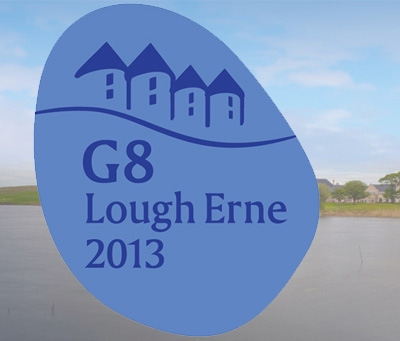At the G8 meeting in Northern Ireland yesterday, the EU and US embarked on the biggest trade deal ever negotiated. Despite the rise of the economies of Asia, the EU and the US remain the two giants of the world economy, accounting for half the world’s GDP between them. The US invests three times more in the EU than it does in all of Asia. The trade between the EU and US is enormous – flows in goods and services amount to $2.7 billion a day.
But it is not growing fast enough.
Between 2000 and 2011 EU exports to the US grew by just 1% a year, compared to 7.6% globally. We’ve done a lot to reduce tariff barriers between the EU and US. In general they are less than 3%. So the next stage is to tackle the much more difficult and complex non-tariff barriers to trade, to release a new wave of growth in EU-US trade.
That means looking at our regulatory systems to make them more compatible. And in doing so to set the terms for world trade in the decades ahead.
The European Commission estimates that this Transatlantic Trade and Investment Partnership could add another 0.5% to GDP growth in Europe. That is badly needed at a time when growth is flat. And the value of this deal goes beyond pure economics.
The US and European states have been strong allies for global security since the foundation of NATO in 1949. Now we need to pull together to promote global prosperity in the decade ahead. In the UK this week, US and European leaders are rising to that challenge.

